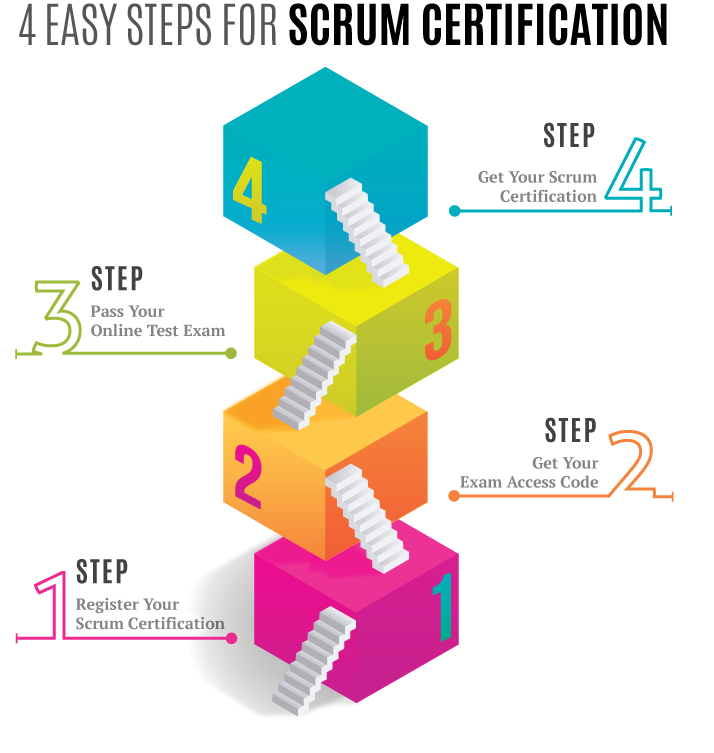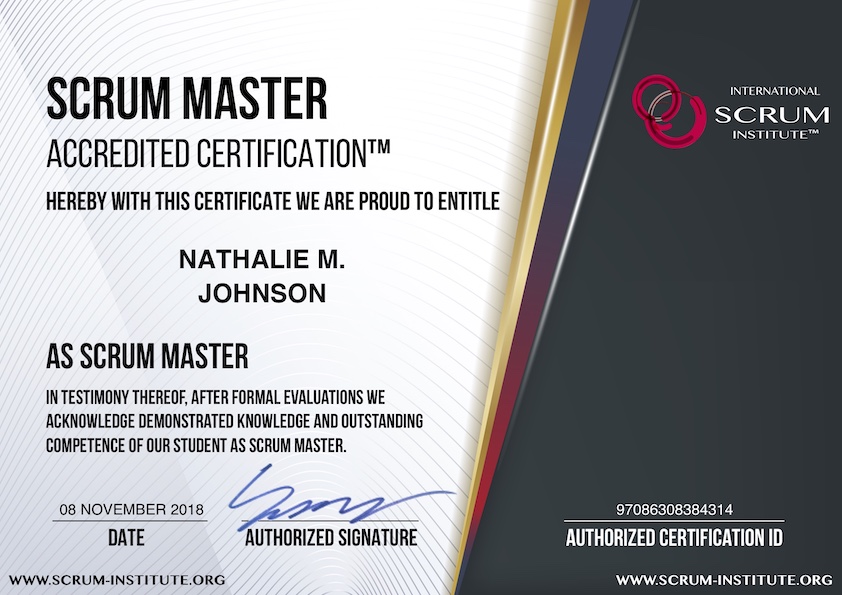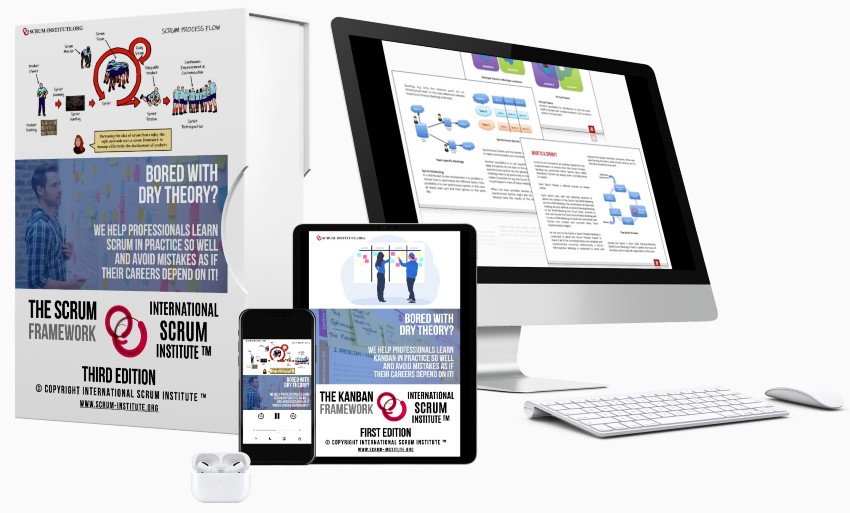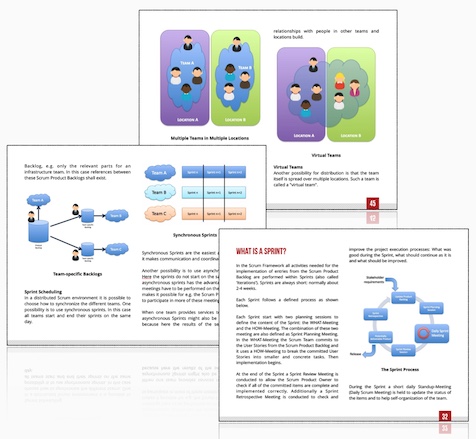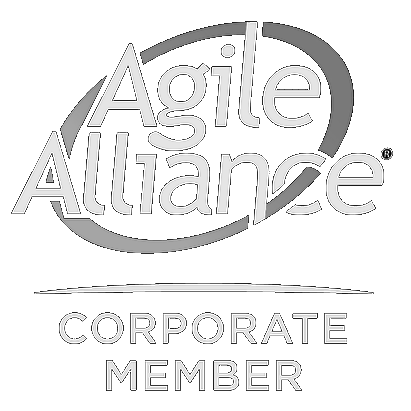What Is The Role Of The Scrum Product Owner? This Might Surprise You!
The Scrum Product Owner is a central role
within the Scrum Framework. That role
unifies product and project management
tasks, and it's also firmly integrated with
software development and delivery.
The product owner's role is far broader than
traditional project management, program
manager, or product management roles.
He or she represents the end customers and/or
other stakeholders and is responsible for
maximizing the value of the product by ensuring
that the Scrum Team delivers the right work at
the right time. The Scrum Product Owner (More info about Scrum Product Owner) decides
the software requirements provided for a specific
software version, and when the software will be
released. She represents functional and nonfunctional
demands from end-users.
That means that the Scrum Product Owner has
to work very closely with the Scrum Team and
coordinates their activities over the entire
lifecycle of the project. No one else is allowed to
impose the Scrum Team to work for a different
set of priorities.
Essential tasks of a Scrum Product owner are:
- To manage and clarify project requirements,
- To guide releases and to ensure return on investment (ROI),
- To closely work with the Scrum Team and enable it to deliver the correct work on time,
- To manage stakeholders and their expectations,
- To manage the Scrum Product Backlog.
The Scrum Product Owner can delegate certain
activities (like physically maintaining the Scrum
Product Backlog). However, he or she still owns
the accountability of his or her tasks.
Managing the Product Backlog
The Scrum Product Owner is the only person
allowed to own the contents of the Scrum
Product Backlog. That means he or she needs to:
- Create, maintain and clearly describe user stories in the Scrum Product Backlog,
- Prioritize user stories to accomplish business goals and fulfil the mission of software product,
- Ensure that the Scrum Team correctly comprehends and implements the user stories in the Scrum Product Backlog.
Release Management
The Scrum Product Owner is responsible for
reaching the project goals. He or she creates and
maintains the release plan (See more about Scrum Release Planning) and decides about
deliveries, end-user functions, and the order they
need to be delivered. Scrum Product Owners
often manage the costs and budget of Scrum
Teams too. They collaborate with the Scrum
Team members to fine-tune, prioritize, and
estimate user stories.
Stakeholder Management
External stakeholders should not directly bring
their demands to the Scrum Team members.
Instead, the Scrum Product Owner should collect
and assess required functionalities with the
stakeholders (for instance, with internal clients,
representatives of external clients or end-users).
The Scrum Product Owner combines, filters and
initially prioritize these user stories before they’re
discussed them with the rest of the Scrum Team.
Collaboration With The Scrum Team
For a successful project, the Scrum Product
Owner and the Scrum Team must work very
closely. The Scrum Product Owner is responsible
for ensuring that the Scrum Team members are
informed and aligned about the aimed goals of
software they're building.
During Sprint Review Meetings, the Scrum
Product Owner is responsible for inspecting,
accepting, or declining deliverables of the Scrum
Team.
Share It With Your Colleagues and Friends to Help Them Learn:
What Is The Role Of The Scrum Product Owner? This Might Surprise You!
|
|

|

|

|

|
|
 SCRUM INSTITUTE™
SCRUM INSTITUTE™
